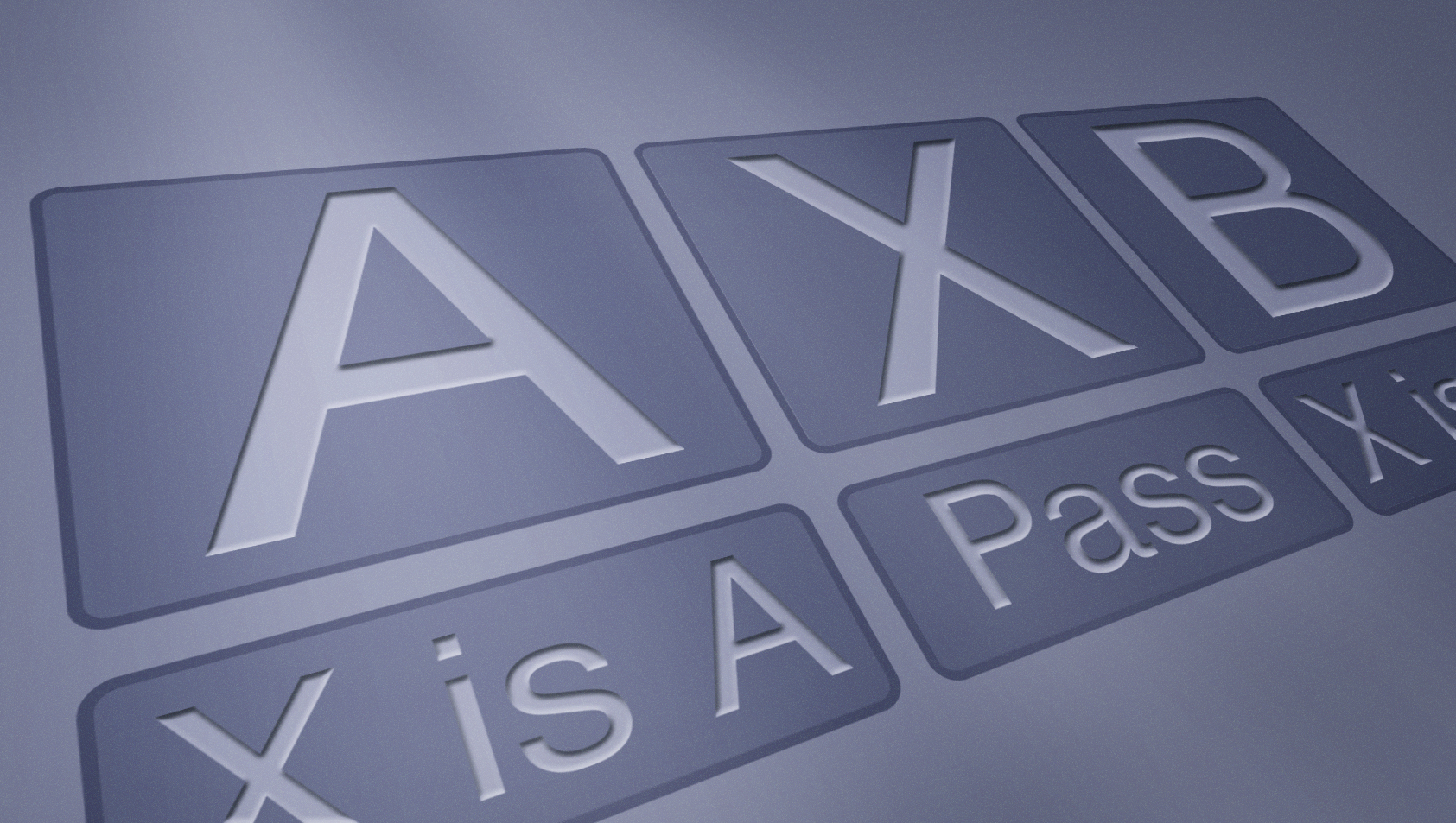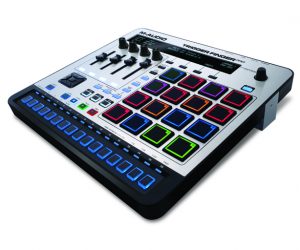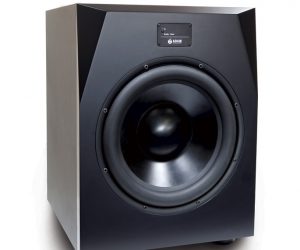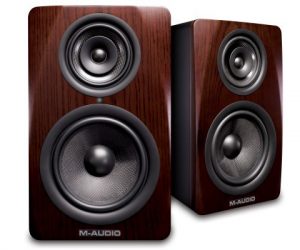
PC AUDIO: Free Audio Utilities
There are testing times ahead, so why not invest in a few free PC audio utilities?
Column: Martin Walker
Some people rely on their ears, but there’s no denying that having visual evidence of what various plug-ins are doing can be extremely useful, even if it confirms that a particular plug-in is doing nothing at all. So, with this mind I’ve decided to gather together some of the audio utilities and PC test techniques that have proved useful to me over the years.
Christian Budde’s VST Plugin Analyzer (www.savioursofsoul.de/Christian/programs/measurement-programs) is an extremely useful PC-only utility if you want to learn more about what particular VST plug-ins are doing to your sound. Widely used by plug-in developers to test their own creations, it can also be a wonderful educational tool for the end user. You just load in your favourite VST plug-in, load in one of its presets (or adjust the plug-in controls manually), and then run the various test options to see a plot of the frequency response (great for seeing why one EQ or preamp sounds different from another, examine any distortion (desirable or otherwise), explore the input/output characteristics of (for instance) compressors, and lots more. Sadly this utility only works with 32-bit plugins and does take a little effort to get to grips with, but it’s often helped me understand why a particular plug-in sounds as good as it does.
ABX testing (aka double blind testing) is widely used in the audio industry to find if there really are any audible differences between two signals. The idea is that you can audition one or the other on demand (the A or B signals), followed by one of these two at random (X) to see if you judge which of the two it is. If X cannot be reliably identified after a number of these ABX tests (typically 9 out of 10 trials must be guessed correctly to be statistically significant) then it’s judged that there’s no perceptible difference between them.
Software versions of the ABX test are available, and the easiest to use in my experience is part of the freeware foobar2000 audio player for Windows (www.foobar2000.org) developed by Peter Pawlowski. I use this player in preference to Microsoft’s own Media Player for all my general-purpose uncompressed and compressed audio file listening, as its highly modular nature lets you add ‘components’ that, for example, support ASIO drivers for low-latency listening, bypass Microsoft’s Kernel Streaming to ensure bit-perfect digital transmission, play back unusual audio formats, decode various sequenced formats such as SIDchip, MOD game music and General MIDI files, perform bpm analysis, and a host of other options.
The foobar2000 ABX Comparator add-on is a wonderful tool to dispel audio myths, or to prove whether or not you’re fooling yourself that one audio signal sounds better than another. Classic examples include comparing MP3 files at different rates with the original audio — some of you may be surprised that even if you can hear any difference between 256kbps and lossless audio, you may not be able to reliably decide which is which. Once you add a hardware send/return loop into the proceedings via your audio interface you can even check out whether or not changing audio or even digital cables makes an audible difference that you can hear consistently and reliably. You can also use ABX tests to gradually ‘train’ your ears to hear smaller and smaller differences in amplitude, frequency, EQ, and so on.
Christian Budde’s ABX Test for VST-Plugins (use above link) is a standalone utility that lets you load two VST plug-ins and an audio file to play through them both, to compare their effects. Although it sounds a bit like a party game for nerds, it really can root out whether you or your ears are being fooled by a fancy GUI or an expensive price tag. It’s also great for comparing the effects of two EQs, compressors, and so on.
Another classic and very informative test is the antiphase null — clone any audio track onto another channel in your DAW, and then flip the polarity of one track — the two should cancel out completely, leaving digital silence during playback. Now add your choice of plug-in to one of the channels, and tweak that audio channel level slightly if required to compensate for any gain change due to the plug-in. Once you’ve got the lowest combined output signal, what’s left is whatever has been added by the plug-in (some audio editors such as Steinberg’s Wavelab even build in such functions into their arsenal). The antiphase null can be a fascinating test, letting you hear exactly how preamp plug-ins alter your audio, whether or not they add extra harmonic content (distortion), or how compressors change the ‘envelope’ of the sound. This really can hone your listening and mixing skills.
A variant of this technique is to pass each of the two channels through a different EQ plug-in, with their settings matched as closely as possible to minimise the difference signal. Eric Beam carried out quite a few such tests in Digital EQ Fact & Myth (rhythminmind.net/1313/?p=361) using various digital parametric EQ plug-ins. One EQ may be easier or more pleasing to use than another, but he came to the conclusion that most can be made to sound identical with just a little effort. The exceptions are those that model saturation or other ‘analogue-like’ non-linearities, which will add a dash of character en route.
Yet another revealing test for stereo signals is to download a freeware utility plug-in such as Kelly Industries Stereo Tools (www.kellyindustries.com/stereo_tools.html). Insert this into a stereo channel and then click on its Mono button to hear just the Mid (sum) signal, and then click on one or other of its channel invert buttons. Now you’ll be able to hear just the Side (difference) signal, with all the sounds normally located in the middle of the stereo image (commonly main vocals, bass, and kick drum) partly or even completely nulled out. What remains can be extremely revealing — harmony vocals, stereo early reflections and later reverb tails, delay bounces and other special effects, doubled guitars, extra keyboard parts, incidental percussion, distortion, compression artefacts. You can also glean a lot from commercial recordings by listening to the side signal alone, such as mixing tricks and stereo techniques that may be masked by the often stronger mid components, and it can also help reveal what perceptual encoding such as MP3 is doing to your music. Learning can be fun!

















RESPONSES